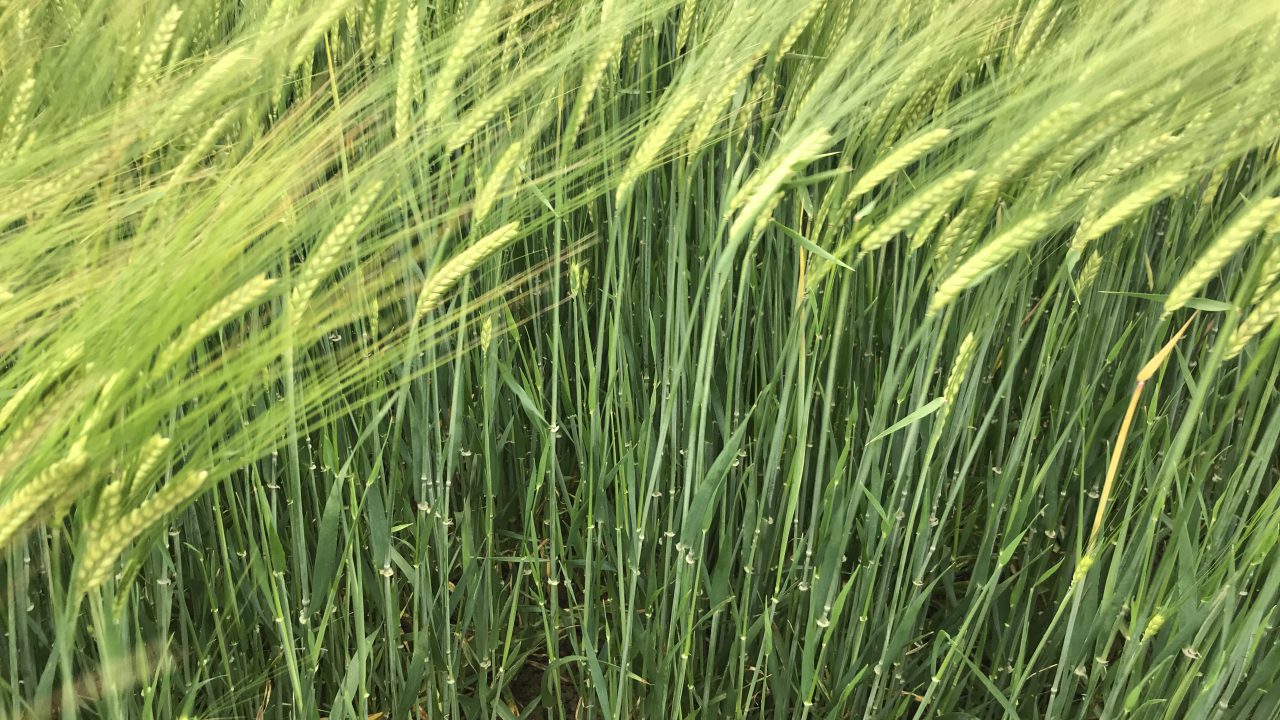Teagasc is confirming that barley yellow dwarf virus (BYDV) infestations are now quite commonplace within crops of spring barley grown in Ireland.
Yield losses of up to 2t/ha are possible if the problem is not controlled effectively.
Grain aphids are now extremely populous in this country; they are the vector for the disease.
Control of barley yellow dwarf virus
Control of the problem should be effected along lines that take full account of Integrated Pest Management (IPM) procedures.
This entails the use of cultural control methods prior to any decision that might be made to apply an insecticide.
Crops planted in mid to late March are regarded as low risk, where BYDV is concerned. The exception to this rule would be crops grown in coastal areas. Crops planted out in early April are classified as being of medium exposure to BYDV infection.
Again, the caveat regarding crops grown in coastal areas applies, while all crops grown from mid-April onwards are deemed to be at high risk, where barley yellow dwarf virus infections are concerned.
Walk the fields
Discerning the actual number of aphids impacting on a crop can be achieved in a number of ways. The first is to actually walk the fields and physically assess insect numbers.
Specific emphasis should be given to headlands and areas under trees in this regard.
Use can also be made of local forecasting services while bespoke suction towers will act to capture passing aphids, allowing farmers in a specific area to get a real sense of how intense the BYDV pressure within their crops really is.
Insecticide spray
If deemed necessary, Teagasc is recommending that spring barley crops should be sprayed with a pyrethroid insecticide at the four-leaf stage. These should then be assessed for signs of resistance one week later.
However, the clear advice from Teagasc is that only one application of a pyrethroid should be considered.
Teagasc research has confirmed that the likelihood of encountering a resistant aphid is 1.7 times more likely with an increase from one pyrethroid application to two and subsequent pyrethroid applications.
What’s more, aphids can survive on ploughed-down leaf material. Volunteers and grass weeds act as a‘ green bridge’.
An absence of efforts to control a green bridge, which provides the mechanism for insecticide-resistant transfer, increases the likelihood of encountering a resistant aphid within a subsequent crop.
